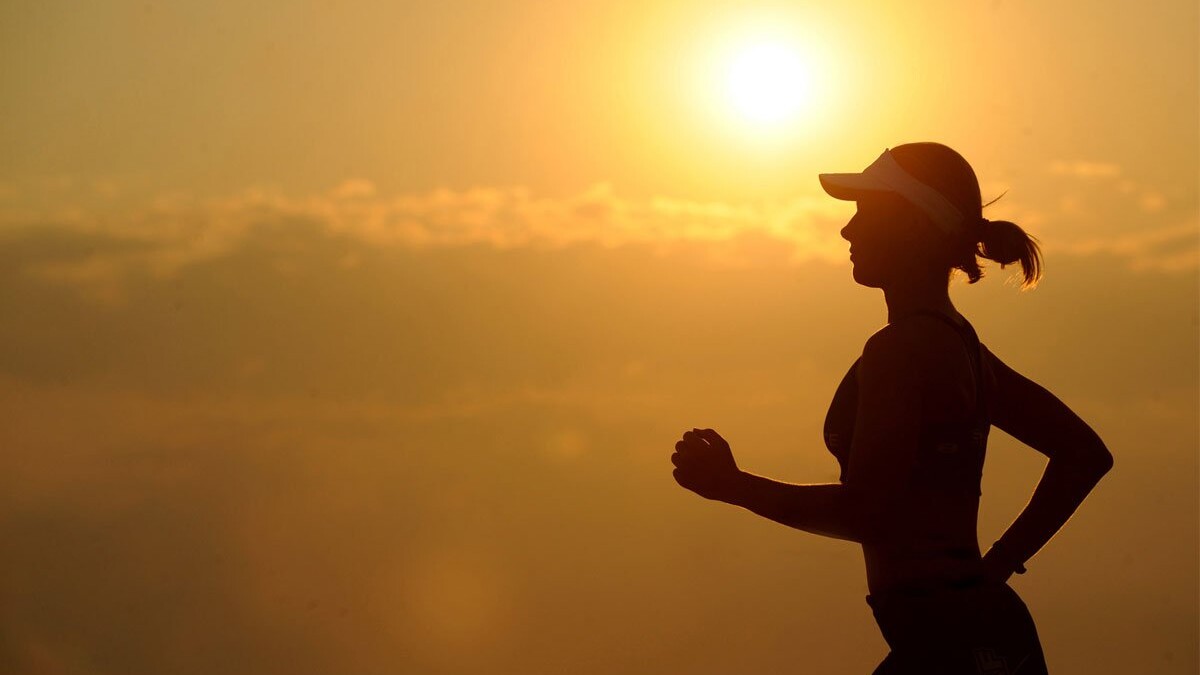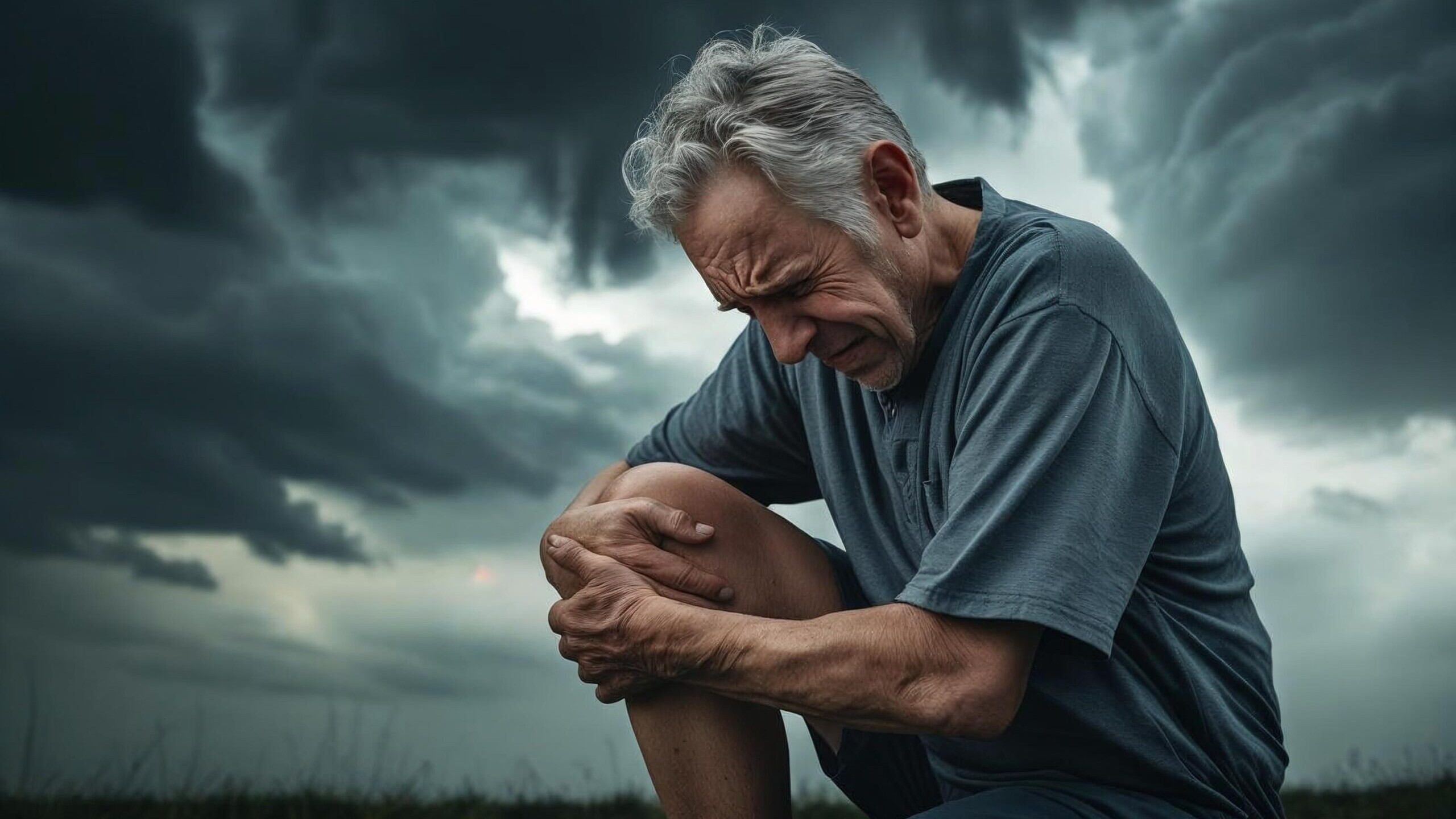
The staff at SSPC were involved in a Professional Development session recently with a Paediatric Orthopaedic Specialist – whilst talking about various injuries, fractures, and conditions common in children, this specialist made the startling comment that “almost 80% of children presenting to the Children’s Hospital over recent months have been found to be Vitamin D deficient”. Of all the interesting information we were receiving, that was probably the most startling bit of all! It is quite staggering to think that such a high percentage could be deficient in such an important vitamin!

However, when you think about it, the COVID impact on Vitamin D sort of makes sense: The major source of vitamin D is via exposure to the sun’s ultraviolet-B (UVB) radiation. COVID hit us over the winter months, there was no organised sport to participate in, schooling was from home (so no walking to/from school or school recess/lunch outside times) and for many weeks there we were only allowed outside for an hour a day. And if your kids are anything like mine, it was incredibly hard to get them motivated to get outside and do something for that hour allowance anyway! And it’s not just kids, many of us adults were the same, and under the same restrictions – working from home, nothing to do and nowhere to go, and struggling for motivation often to get out in that hour and see some sunshine. We can’t be solely relying on diet, because it seems that most Australians obtain just 5–10 per cent of their daily vitamin D requirements from dietary sources*1 and only a few foods contain vitamin D (for example, some fish and eggs). Margarine and some types of milk have added vitamin D. It is no wonder then, considering one of the main sources of Vitamin D is the sun, that Vitamin D deficiency could be a COVID by-product!
In Victoria in particular, even pre-COVID, Vitamin D deficiency has been an issue for quite some time – not only due to our long and cold winters, but also through how “sun smart” many people are these days. Ironic isn’t it, that being so safe with the sun with our “slip, slop, slap” attitudes has resulted in lower levels of Vitamin D! This means that a lot of our required Vitamin D dose needs to come from regular incidental exposure to the sun. The Cancer Council suggests that when the UV Index is 3 or above (such as during summer), most people maintain adequate vitamin D levels just by spending a few minutes outdoors on most days of the week. However when the UV index falls below 3 (such as late Autumn and during Winter in Melbourne), spending some time outdoors in the middle of the day with some skin uncovered and being physically active (e.g. gardening or going for a brisk walk) does help boost vitamin D levels. *2
A landmark study of vitamin D levels in over 30,000 Victorians attending a large Melbourne hospital between 2014 and 2017 found that only 40% of patients had levels of vitamin D that were adequate for good health. Concerningly, two-thirds of men failed to have sufficient vitamin D levels.*3 Low levels of vitamin D have been linked to many poor health consequences – from weaker bones, to common conditions like diabetes and high blood pressure, osteoporosis, depression, as well as certain cancers. There has even been some research linking vitamin D deficiency to some autoimmune diseases such as multiple sclerosis (MS).
From a physio perspective low Vitamin D levels leading to potential bone weakness gives us concerns about potential bone fractures and bone stress injuries, especially as we all come out of COVID hibernation with a mad rush to try and get our summer fitness back! Anyone in running and jumping sports needs to be incredibly careful about not loading their bones in a “too much too soon” fashion!
Interestingly, there seems to be some evidence also that Vitamin D could play a significant defensive role against coronavirus itself! The National Institute of Integrative Medicine’s Professor Ian Brighthope says there is mounting evidence that Vitamin D can play an essential role in both building immunity to the virus in the first place and also reducing the impact of the disease on those who do fall ill.”*4
So whichever way you look at it, getting adequate Vitamin D is essential. It is important that adequate vitamin D levels be maintained in all life stages, not just children, so awareness is important for all of us. And whilst we don’t want to just go out in the sun unprotected, there is no doubt that getting active again, and getting outdoors to get our incidental sun exposure on low UV rating days, is extremely important to our health. (Oh, and make sure you carefully graduate back to full exercise levels too, to give your bones a chance to adapt and become more resilient to those stresses that they haven’t had for many months)!
Anthony Lance
SSPC Physiotherapist
References available on request.
*2 https://www.cancer.org.au/cancer-information/causes-and-prevention/sun-safety/vitamin-d
*3 https://www.monash.edu/medicine/news/latest/2020-articles/40-of-victorians-have-low-vitamin-d-levels
You might like these other resources
Why Do My Joints Ache In Cold Weather?
11 June 2025
The Role of Ice in Managing Acute Sporting Injuries
17 September 2024
Are Your Bones Strong Enough?
28 May 2024





